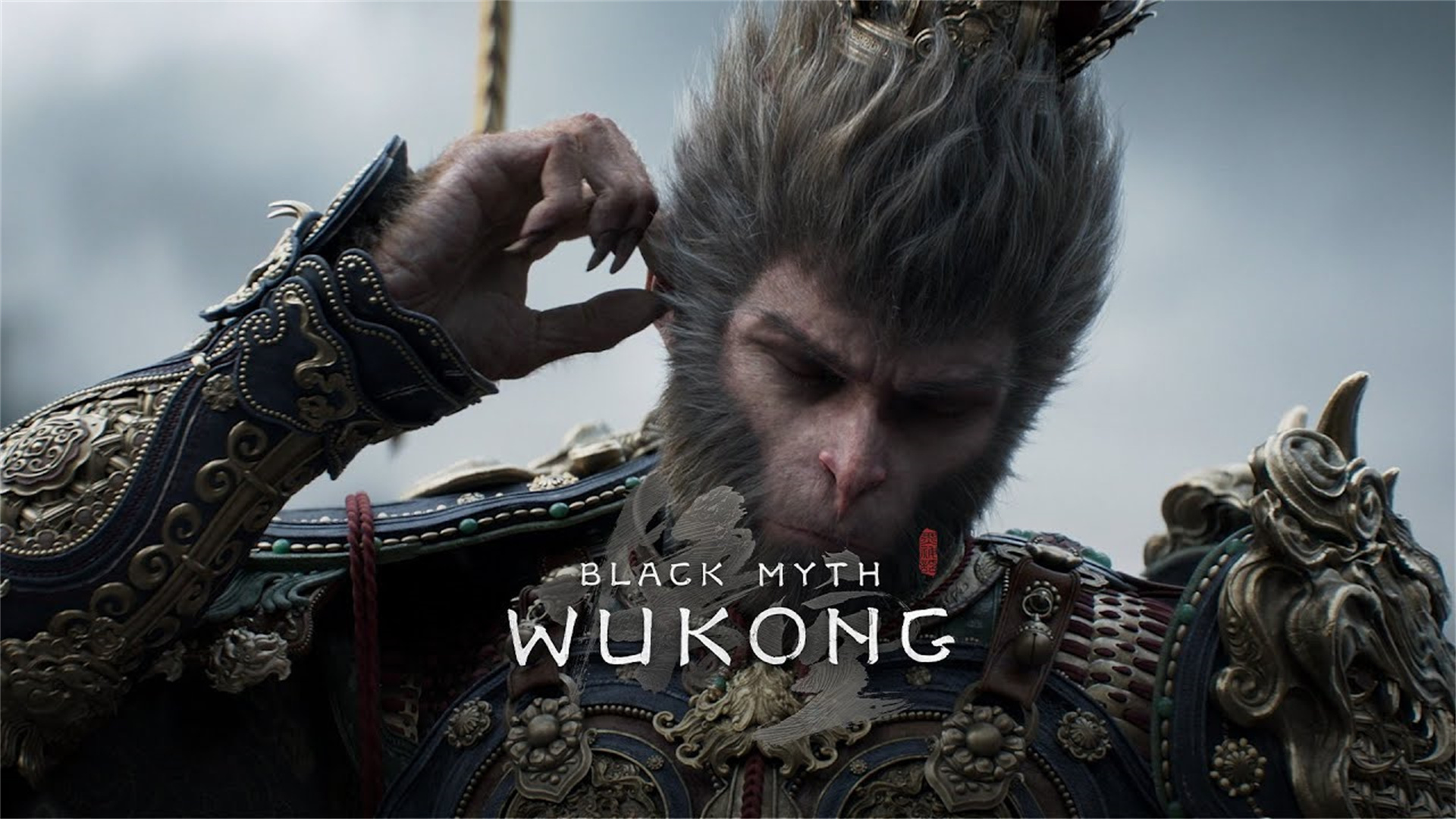
A Comprehensive Guide to Black Myth: Wukong
Character Attributes and Talent Allocation
In Black Myth: Wukong, character attributes include strength, agility, stamina, mana, and more. Strength affects physical attack damage. For players who prefer a straightforward and powerful close - combat playstyle, prioritizing strength points allows you to quickly gain an advantage over small monsters in the early game and clear them out efficiently. Agility is related to attack speed and dodging ability. High agility enables you to move through battles like a nimble monkey, dodging enemy lethal attacks while launching high - frequency counterattacks, which is suitable for players who seek smooth operation and fast - paced combo play. Stamina determines the upper limit of the character's health. Sufficient stamina is a guarantee for survival. When exploring dangerous areas or challenging powerful bosses, having more stamina points gives you a better chance of survival. Mana is used to cast various magic spells. If you are fond of a combat style focused on magic bombardment, allocating mana points reasonably in the early game is essential.
The talent system is rich and diverse, divided into three branches: combat, survival, and support. Among the combat talents, "Rod Potency Like a Dragon" can enhance the damage and range of staff attacks, making it a core talent for close - combat. "Fiery Eyes and Golden Gaze" can detect enemy weaknesses and increase the critical hit rate, significantly improving damage output. In the survival talent tree, "Bronze Head and Iron Arms" strengthens defense and reduces the damage taken. "Somersault Cloud - Protection" grants a short period of invulnerability during dodges, which can save your life at crucial moments. Regarding support talents, "Clone Creation" allows you to summon clones to assist in battle, distracting enemy firepower. "Immobilization Charm - Enhancement" extends the duration of immobilization, creating more opportunities for output. Plan your talent allocation route reasonably according to your own combat style and needs.
Equipment Collection and Enhancement
The equipment in the game is divided into three categories: weapons, armor, and accessories. There are various types of weapons, such as staffs, spears, and dual - blades. Each type of weapon has a unique attack method and skill effect. Staffs have a wide attack range and are suitable for group battles. Spears have a long attack distance, allowing you to strike first. Dual - blades have a fast attack speed and smooth combos. In the early game, you can obtain basic weapons by completing novice tasks and exploring hidden areas on the map. As the game progresses, challenging powerful enemies or completing high - difficulty dungeons gives you a chance to obtain rare weapons.
Armor provides defense and various resistances. Different parts of the armor have different attribute focuses. Head armor may increase the mana limit, chest armor boosts stamina, and leg armor enhances dodging ability. When collecting armor, pay attention to set effects. Collecting a complete set of the same armor can activate additional attribute bonuses, significantly improving the character's strength.
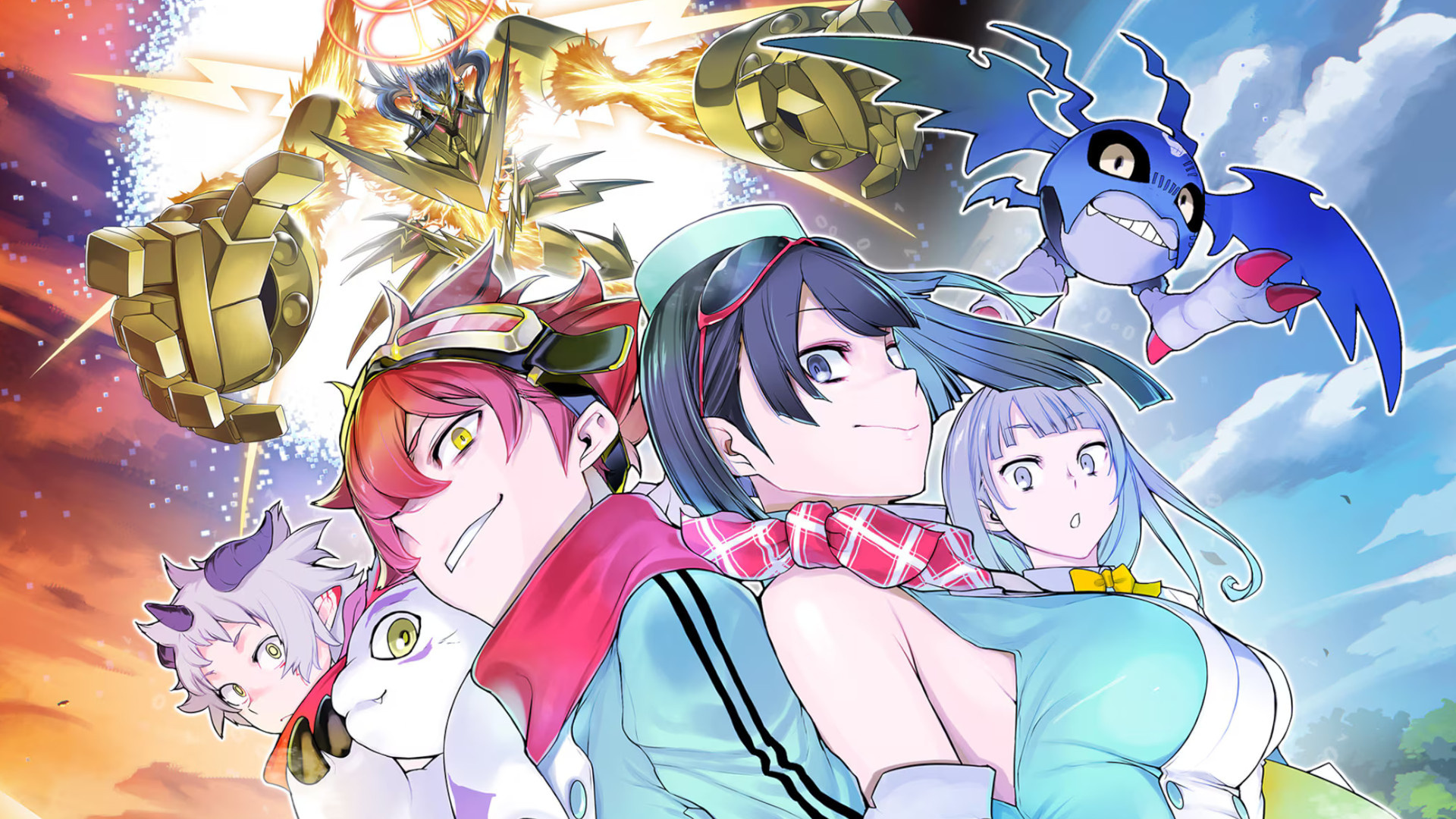
Digimon Story: Time Stranger — The Moral Quagmire of Digital Transformation
Digimon Story: Time Stranger transcends the realm of a typical monster - raising RPG; it's a convoluted ethical maze that delves into the moral ramifications of digital transformation. Beneath its surface of classic gameplay mechanics and familiar Digimon lore lies a profound narrative — the ethical implications of manipulating digital entities. While most gamers are engrossed in combat and Digivolution, few pause to ponder: What are the moral implications of assuming a god - like role in a digital universe inhabited by sentient beings? This article aims to dissect this very question, exploring how the game challenges our preconceived notions of morality, control, and the very nature of digital existence.
From the outset, Time Stranger compels players to grapple with the fundamental question: Are Digimon mere strings of code or living, sentient creatures? The game's narrative subtly sows seeds of doubt through interactions with Digimon that display a wide range of emotions, unwavering loyalty, and even existential angst. Unlike earlier Digimon games where these digital beings followed orders without question, Time Stranger endows them with long - term memory retention and the ability for moral reasoning.
This subtle shift thrusts the player into a moral gray area. When your partner Digimon refuses to engage in a battle against an opponent it remembers from a previous encounter, it's not a glitch — it's a powerful statement. The developers use these emotional outbursts to force players to confront the ethical dilemma of commanding entities that possess feelings.
Consequently, the early stages of the game shift from being purely about strategic planning to focusing on empathy. Players must start to recognize that each Digimon has a unique history, a distinct personality — and that evolution isn't always a positive step but can sometimes signify a loss of innocence.

Pokemon Legends: Z-A Ultimate Guide
Comprehensive Strategy, Tips, and Walkthrough for Nintendo Switch/Switch 2
Release Date: October 16, 2025 (Global Launch on Switch/Switch 2)
Standard Edition: $70 USD
DLC "Mega Dimension": $30 USD (Includes Mega Evolutions for Starter Pokémon)
NSO Membership: Unlocks Online Ranked Battles
World Design:

The Legend of Zelda: Tears of the Kingdom — Ultimate Strategies & Handbook to Conquer Hyrule
The Legend of Zelda: Tears of the Kingdom (TOTK) stands as the awe - inspiring successor to Breath of the Wild, further expanding the immense realm of Hyrule with brand - new sky realms, mysterious underground labyrinths, and innovative mechanics that redefine the open - world adventure genre. Players once again step into the shoes of Link, entrusted with the mission of rescuing Princess Zelda and restoring harmony to a world that has been torn asunder.
However, this is far more than just a mere sequel; it's a complete transformation. With the introduction of abilities like Grasphand, Merge, Soar, and Revert, the game actively encourages players to unleash their creativity and engage in endless experimentation. Whether you're constructing colossal warships, delving into the deepest caves, or taking on bosses with makeshift weapons, this guide will equip you with the in - depth knowledge needed to not only survive but also flourish and uncover every hidden secret in Tears of the Kingdom.
The initial hours in Tears of the Kingdom are of utmost importance. The game kicks off on the Grand Sky Realm, a tutorial area where you'll learn the basics of Link's newfound abilities. Resist the urge to rush through this zone; it lays the groundwork for everything that lies ahead.
Key Starting Pointers
Investigate every shrine: These shrines bestow upon you the Blessings of Light and serve as practical lessons for mastering the ability mechanics.
Gather materials and food early on: Cooking these items can significantly enhance your chances of survival in the harsh world.
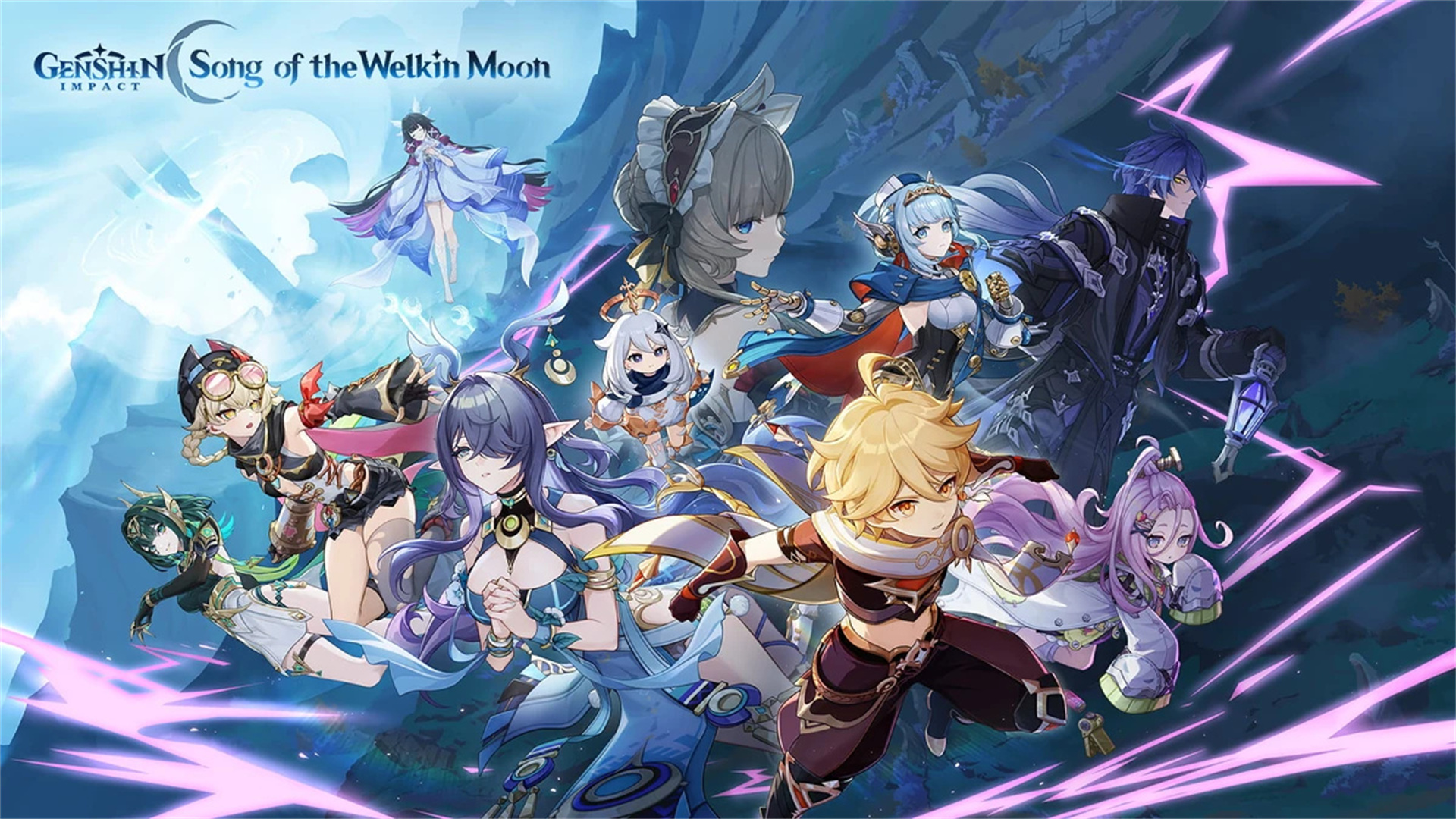
Top 10 Highly-Rated Mobile Games to Play in 2025
Here are 10 highly-rated mobile games worth playing in 2025 (overseas versions), praised by players worldwide for their quality and innovation:
An open-world RPG by miHoYo, featuring elemental combat mechanics and a vast, culturally inspired world. Explore seven nations, unravel mysteries tied to "Celestia" and the "Abyss Order," and engage in deep character lore through story quests. The Spiral Abyss and timed events cater to both casual and hardcore players.
TYPE-MOON’s Fate series RPG, supervised by Kinoko Nasu (series creator). Known for its high-quality storytelling and character-driven narratives, it expands the Fate universe with new Servants and epic sagas.

Top 10 Indie Games That Redefined Gaming
The gaming industry is often dominated by blockbuster titles with massive budgets and flashy visuals. Yet, independent developers—armed with creativity, passion, and a willingness to take risks—have consistently delivered experiences that rival, and often surpass, those of AAA studios. These indie games prioritize emotional storytelling, innovative mechanics, and artistic expression over commercial appeal. Below, we explore ten of the best indie games that captivated players worldwide, proving that small teams can create unforgettable masterpieces.
In recent years, indie games have evolved from niche experiments into cultural phenomena. Digital storefronts like Steam, Itch.io, and the Nintendo eShop have democratized game distribution, allowing developers to reach global audiences without corporate interference. This freedom has fostered innovation across genres, from narrative-driven adventures to genre-bending hybrids.
What sets indie games apart is their authenticity. Many are born from personal visions, reflecting the creators’passions, fears, and dreams. This raw honesty resonates deeply with players, creating experiences that feel both intimate and universal.
Developer: Toby Fox

Top 10 Must-Play Steam Games of 2025: Critically Acclaimed Hits
Rating: 97% Overwhelmingly Positive
Genre: Co-op/Action Adventure/Platformer
Features: Focuses on cooperative gameplay with sci-fi and fantasy-themed levels, including puzzles, platform jumping, trap navigation, and epic boss battles and chases.
Rating: 95% Overwhelmingly Positive
Genre: JRPG

Unveiling the Social Realism in Grand Theft Auto VI
Grand Theft Auto VI (GTA VI) transcends the realm of a mere open - world extravaganza; it serves as a looking - glass, revealing the moral, cultural, and psychological rifts of contemporary existence. Rockstar Games' forthcoming masterpiece is poised to deliver a narrative with greater depth and a more incisive societal critique than any of its forerunners. This piece will delve into the moral realism and social commentary concealed beneath GTA VI's glitzy facade, examining how it lays bare the contradictions within capitalism, identity, and justice. Instead of focusing on gameplay mechanics or walkthroughs, we'll concentrate on the game's narrative philosophy and its insights into humanity in the digital era.
The return of Vice City in GTA VI is far more than a nostalgic callback; it's a philosophical statement. The city's neon - lit skyline and dilapidated suburbs embody two conflicting interpretations of the American Dream. On one hand, wealth and allure are embodied by towering skyscrapers and the opulent mansions of celebrities. On the other, working - class neighborhoods are mired in debt, crime, and corruption. This duality transforms Vice City into a living, breathing entity, not just a static backdrop.
The design ethos appears to be centered around immersing players in contradiction. Luxury and decay coexist side by side, and every street narrates a moral tale. Players might walk past a billboard promising a life of success, only to witness a homeless person rummaging through trash in a nearby alley. Rockstar doesn't simply present disparity; it forces players to live within it.
The Geography of Power
Each building in Vice City is a symbol of power distribution. Corporate behemoths stretch towards the heavens, while residential slums sprawl horizontally. This stark contrast illustrates how the very layout of space reinforces class hierarchies, offering a subtle yet powerful critique of modern capitalism.

VALORANT Comprehensive Guide
1. Peripheral Setup
Mouse:
Recommended low DPI (800–1200) with high polling rate (1000Hz+). Pro players often use eDPI (DPI × sensitivity) between 200–400. For example, Jett mains need rapid stops for precision.
Headset:
Prioritize 7.1 surround sound (e.g., Cooler Master MH752) to distinguish footstep directions (metal floors amplify sounds by 20% compared to grass).
Monitor:

The Skill Disparity Crisis in Fortnite: How Matchmaking is Eroding the Game's Core Appeal
Since its meteoric rise in 2017, Fortnite has been a titan in the battle royale genre, renowned for its vibrant world, creative building mechanics, and fast-paced action. Its unique blend of shooting, building, and strategic thinking made it more than just a game; it became a cultural phenomenon that tested players' adaptability and ingenuity.
However, as we move forward into the present, the conversation around Fortnite has shifted. Instead of buzzing about new seasons, exciting collaborations, or innovative game modes, players are increasingly voicing concerns about a growing skill gap and a flawed matchmaking system. This imbalance isn't just a minor inconvenience; it's undermining the very essence of Fortnite - the promise of fair and thrilling competition based on individual skill and strategic teamwork.
Fortnite employs a Skill-Based Matchmaking (SBMM) system, with the intention of grouping players of comparable skill levels together in the same lobbies. In theory, this should create evenly matched battles where every encounter is a test of skill.
The system takes into account various metrics, such as:
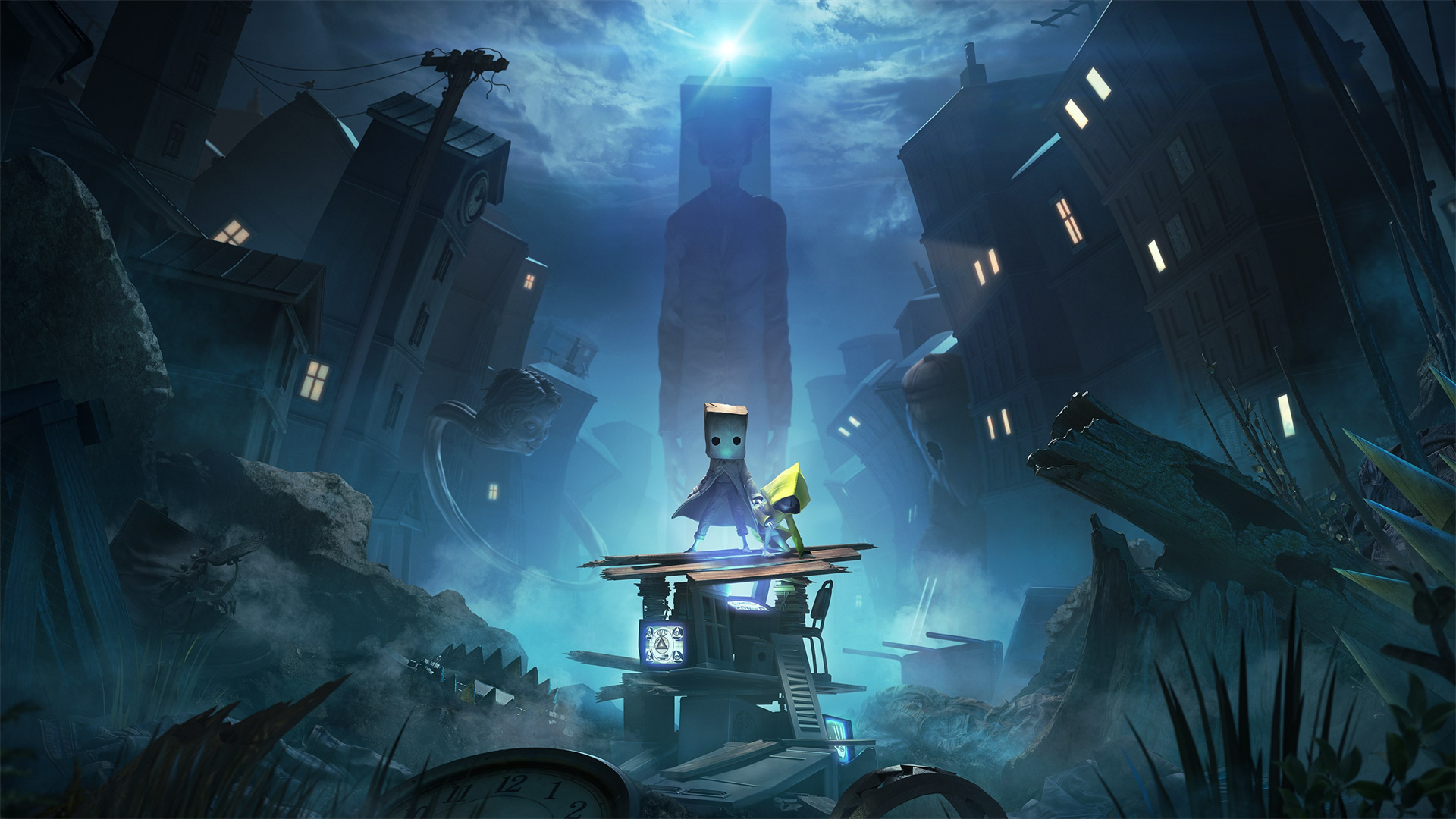
The Echoes of Control: Unraveling Media Manipulation in Little Nightmares II
In the haunting realm of Little Nightmares II, The Pale City emerges as a crumbling testament to a society ensnared by the tentacles of media domination. Unlike the confined and suffocating tyranny of The Maw in the original game, this sequel ventures outward, both in terms of physical space and thematic depth, to delve into the art of reality distortion through screens, signals, and the insidious grip of psychological dependency. At the very core of this nightmarish landscape stands the enigmatic Transmission Tower, a colossal structure that emits far more than mere electromagnetic waves; it projects a potent cocktail of submission, distraction, and blind obedience.
This in - depth analysis will plunge into the rich symbolism of media manipulation woven throughout Little Nightmares II. We'll explore how every warped television screen, every flickering and disorienting image, and every persistent hum of static contribute to the game's chilling depiction of control through the lens of perception. Organized into ten sequential sections, this exploration will trace Mono's journey from his initial brush with televisions to the final, mind - bending revelation within the Tower, dissecting how the environment, adversaries, and narrative converge to illustrate the slow erosion of individual will under the weight of mass influence.
From the very first frame, Little Nightmares II employs static as a cryptic language. Mono stirs to consciousness in a forest where the electronic hum is as palpable as the damp earth beneath his feet—a place where nature and technology have already begun an uneasy dance. The faint television noise reverberates through the trees, setting a foreboding tone for a world infected by invisible frequencies.
The forest serves as the game's psychological primer. It isolates the player, creating a sense of vulnerability before plunging them into the maelstrom of media distortion. The scattered televisions here are not yet active instruments of control but rather the skeletal remains of a civilization once addicted to the flickering images on their screens, now consumed by the aftermath of their own obsession.
The moment Mono reaches out and touches a TV, getting drawn into its glowing embrace, marks the birth of a profound connection. His ability to traverse through screens foreshadows the dual - edged nature of media: it can be a gateway to liberation or a snare that leads to enslavement. The static beckons to him like a siren's call, promising enlightenment while silently stealing away his autonomy.
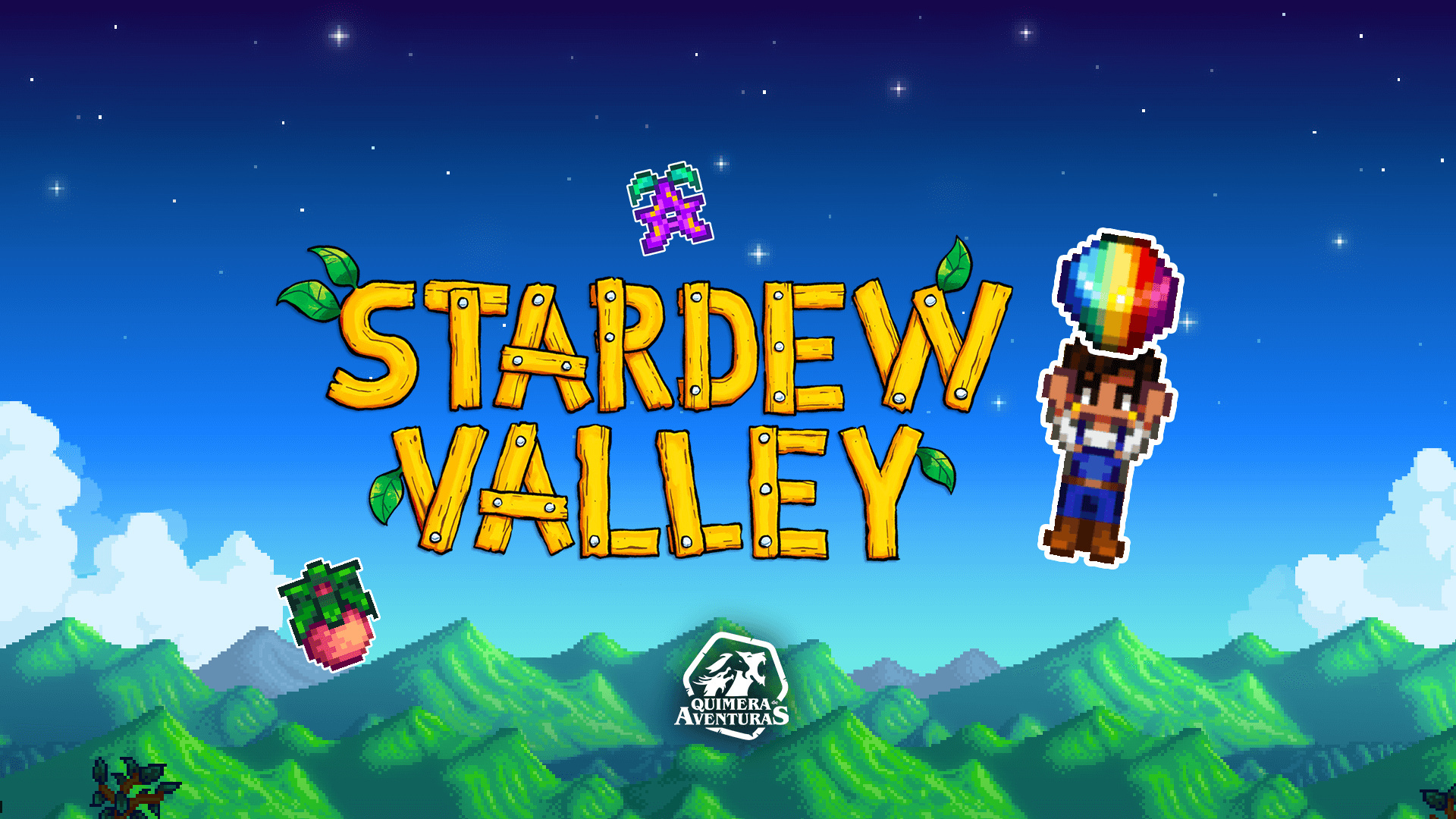
The Soul of Stardew Valley: Unraveling Emotional Evolution and Bonds in Pelican Town
Stardew Valley is far more than a mere farming - management simulation. It's a digital realm that mirrors the complexities of human emotions, the ties that bind a community, and the intricate tapestry of relationships that define small - town existence. Beyond the tasks of tending crops and raising livestock, the core of Stardew Valley lies in its inhabitants - their narratives, vulnerabilities, and how the player becomes a vital force in mending their fragmented lives. This article delves deeply into the theme of emotional growth and interpersonal relationships within Pelican Town, analyzing how the game encapsulates empathy, grief, healing, and human connection in a virtual setting.
The adventure in Stardew Valley commences not with a grand mission but with an escape - from the hustle and bustle of urban life. The player leaves behind the concrete jungle, a clear metaphor for the overwhelming modern city existence, to take over their late grandfather's farm in Pelican Town. This act of departure sets the emotional tone for the entire story - a longing for purpose, simplicity, and reconnection.
In this transition, players symbolically shed the shackles of routine. The serene, pixel - art landscape of the valley welcomes them into a space that encourages patience and self - reflection. Unlike many games that push for rapid progress, Stardew Valley slows the player down. Each day unfolds at a leisurely pace, mirroring the fact that personal healing takes time. The farm becomes a blank slate for emotional rebirth.
Yet, the initial days are marked by a sense of loneliness. The empty farmhouse, the quiet fields, and the distance from the townsfolk all echo an inner solitude. Stardew Valley's first emotional lesson is that growth often starts with solitude - only by embracing isolation can one prepare for meaningful connections.
Pelican Town is not a utopian village; it's a place with cracks, burdened by past grievances and quiet despair. Its people have lost touch with the spirit of mutual reliance. The player's arrival acts as a catalyst for change, gradually stitching the community back together through simple acts of kindness, conversation, and shared experiences. Stardew Valley is thus a subtle exploration of social rejuvenation.
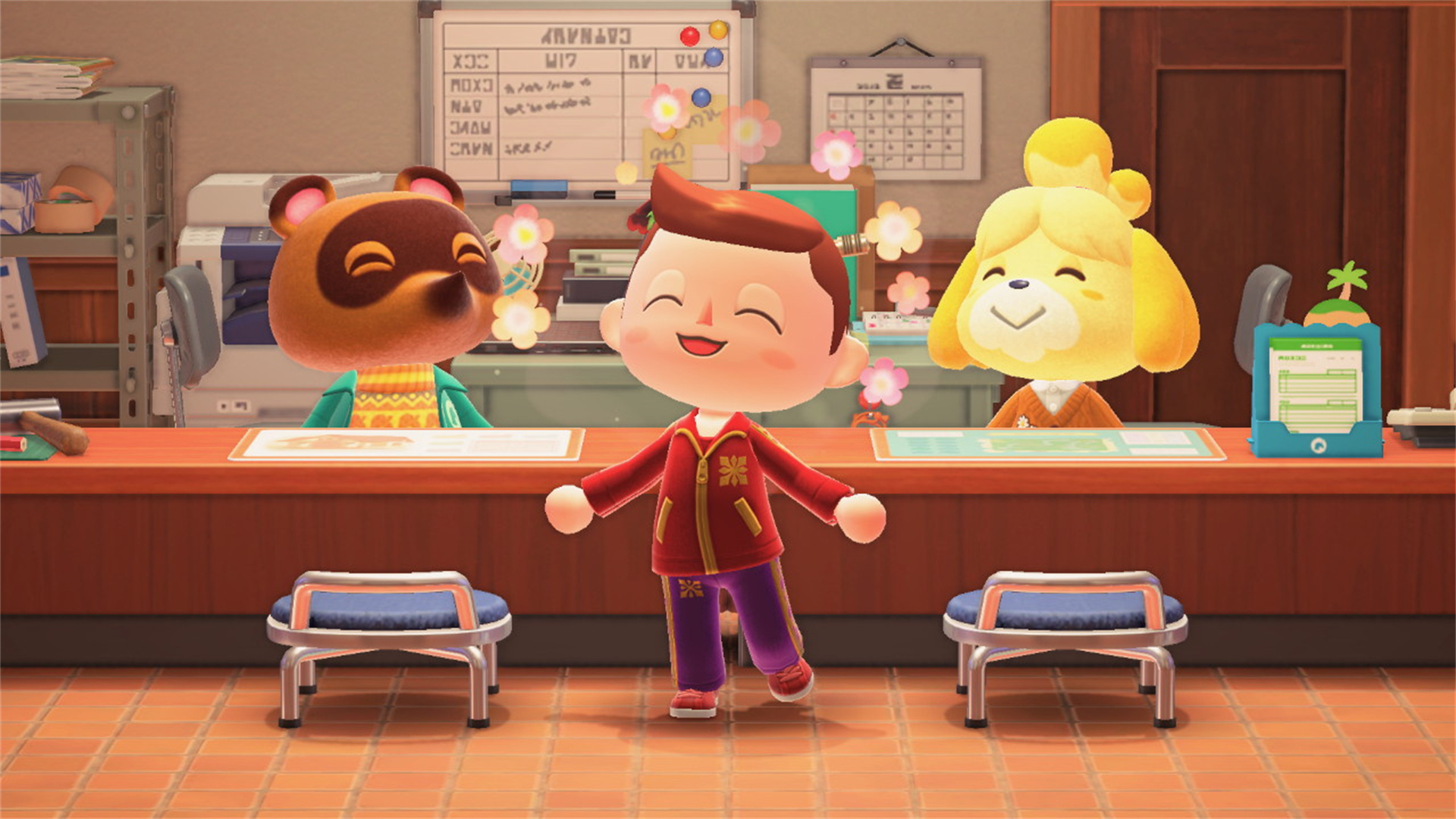
Animal Crossing: The Profound Impact of Time and Seasons on the Gaming Experience
Since its release in March 2020, Animal Crossing: New Horizons has stolen the hearts of countless players worldwide. With its adorable visuals and laid-back gameplay, the game invites players to escape to a deserted island, where they can construct, decorate, and cultivate their dream paradise. One of the most pivotal aspects within Animal Crossing: New Horizons is the profound influence of time and seasons on the overall gameplay experience. This article delves into how the game's real-time clock and seasonal variations shape player engagement, community interactions, and the overall gaming journey.
Animal Crossing: New Horizons operates on a real-time clock, meaning that the in-game time and seasons mirror those of the real world. This design choice creates an unparalleled sense of immersion, as players experience the passage of time in a way that closely reflects their daily lives. However, it also brings about challenges, as players are required to adapt their gameplay to the constraints imposed by the in-game clock.
The clock governs numerous aspects of the game, including the availability of certain events, villagers' daily routines, and seasonal items. For instance, specific fish and bugs are only accessible during particular months, making effective time management crucial for players aiming to complete their collections. This mechanic encourages regular engagement with the game, but it can also lead to frustration for those with limited playtime.
The real-time clock injects an element of realism and urgency into Animal Crossing: New Horizons. Players eagerly anticipate seasonal events, holidays, and the arrival of new items, creating a palpable sense of excitement and engagement. This mechanic fosters a deep connection between players and their in-game world, as they wait for specific moments to unfold.
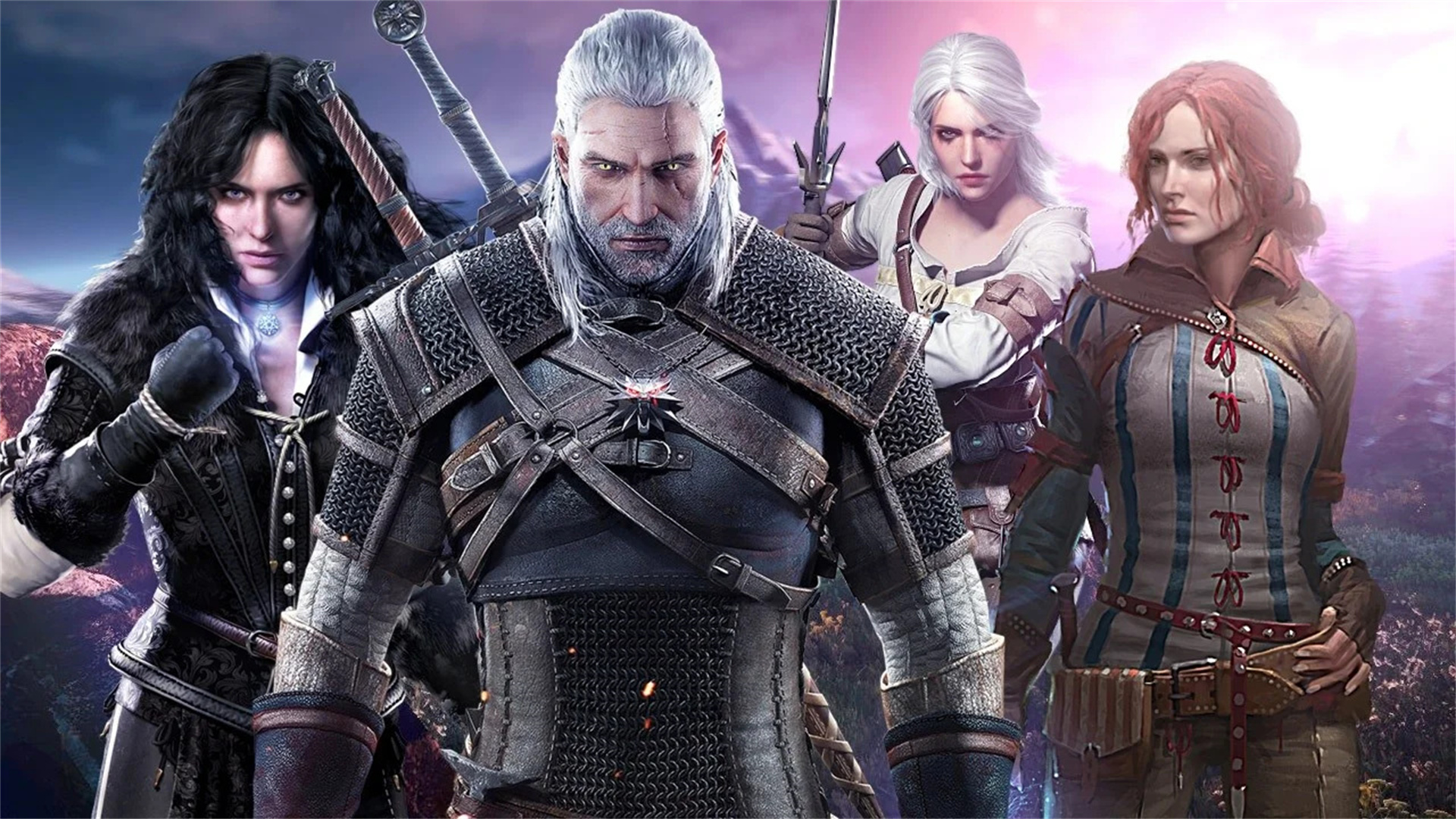
The Witcher 3: Wild Hunt – The Nuanced Nature of Ethical Decisions and Their Influence on Storytelling
The Witcher 3: Wild Hunt, crafted by CD Projekt Red, has earned widespread acclaim as one of the most exceptional RPGs ever since its launch in May 2015. Set within a vibrant, open-world environment teeming with diverse characters, intricate quests, and ethical quandaries, the game provides players with a distinctive experience that underscores the significance of their choices. A particularly compelling aspect of The Witcher 3 is the intricate nature of ethical decisions and their profound effect on the narrative, character arcs, and player involvement. This article delves into the subtleties of ethical decision-making in The Witcher 3, analyzing specific decisions and their repercussions, as well as the broader implications for storytelling in video games.
The Witcher 3 unfolds in the Continent, a realm rife with political machinations, supernatural beings, and a richly woven tapestry of lore. Players step into the shoes of Geralt of Rivia, a monster hunter navigating a treacherous landscape marked by moral ambiguity. The game’s narrative is deeply entwined with the choices players make, often presenting them with dilemmas that lack definitive right or wrong answers.
The intricacy of these decisions stems from the game's thematic elements, which delve into the essence of humanity, the ramifications of power, and the frequently unpredictable results of actions. This thematic richness adds layers to the gameplay experience, encouraging players to engage thoughtfully with the narrative.
In The Witcher 3, decisions are far from superficial; they carry tangible consequences that impact the game's world and its inhabitants. Players frequently encounter scenarios where their choices can lead to a variety of outcomes, influencing everything from character relationships to the destiny of entire regions.
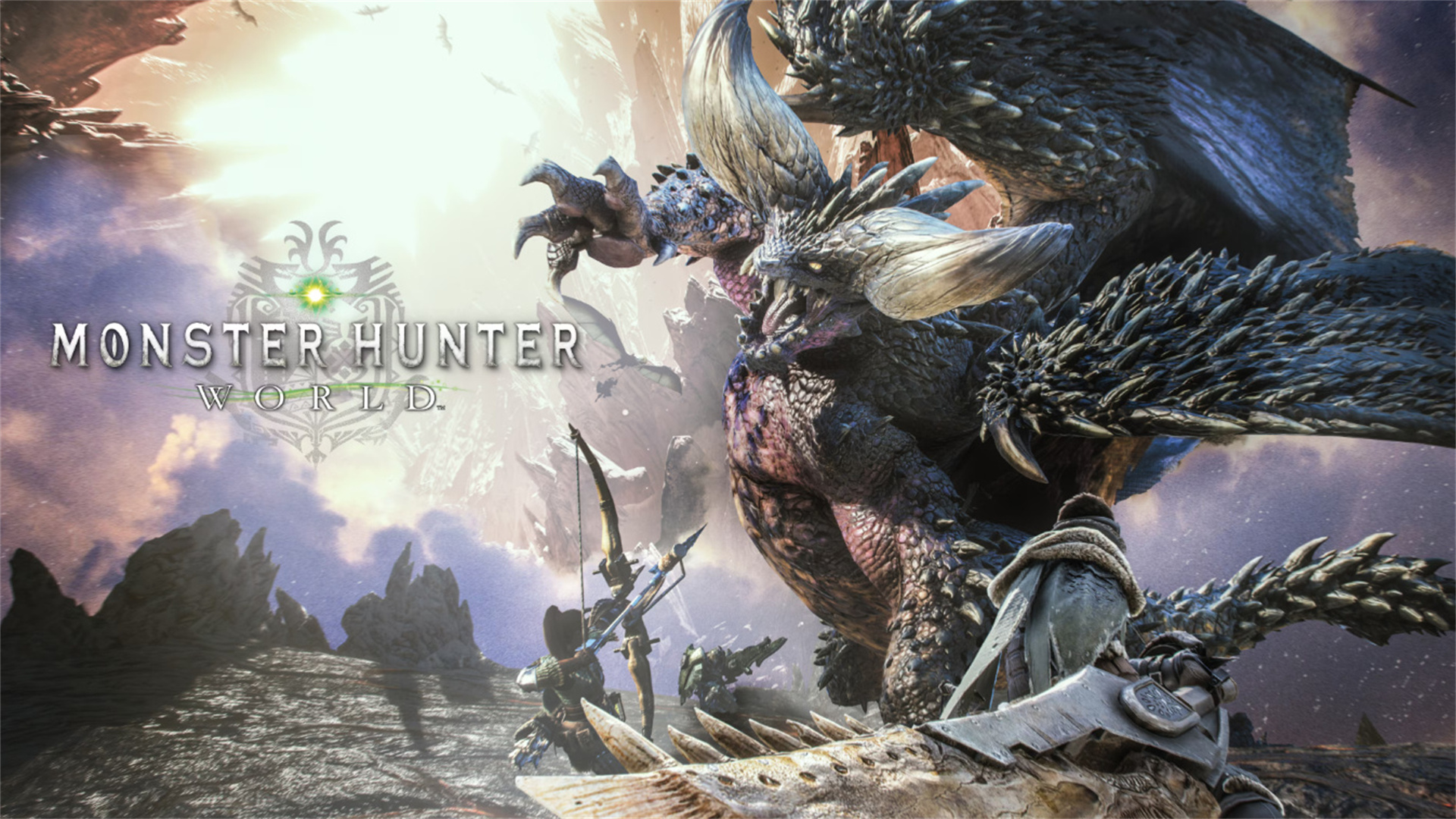
Monster Hunter: World – The Subtleties of Weapon Craftsmanship and Player Proficiency
Monster Hunter: World (MHW), launched by Capcom in January 2018, transformed the action RPG landscape with its vast open worlds, sophisticated monster behaviors, and an elaborate crafting system centered around weaponry and armor. One of the most pivotal aspects within MHW is the complexity of weapon design and how it impacts player proficiency, engagement, and the overall gaming experience. This article delves into the intricacies of weapon mechanics in Monster Hunter: World, exploring how each weapon class presents unique styles and challenges, and how these mechanics contribute to the broader themes of skill, strategy, and community within the game.
Monster Hunter: World boasts a wide variety of weapon categories, each with its distinct mechanics, playstyles, and strategic uses. There are 14 weapon types, spanning from the rapid Dual Blades to the powerful Great Sword, and each weapon category offers specific advantages and challenges. These categories are mainly divided into two groups: melee and ranged weapons.
Melee Weapons: This group includes the Sword and Shield, Long Sword, Great Sword, Hammer, Hunting Horn, Lance, Gunlance, Switch Axe, and Charge Blade. Each melee weapon varies in speed, reach, and combo potential, enabling players to select a style that matches their preferences and combat approach.
Ranged Weapons: This category encompasses the Bow and the two types of Guns: the Light Bowgun and Heavy Bowgun. Ranged weapons focus on projectile attacks, elemental effects, and positioning.
The design of these weapon categories is essential for creating a diverse gaming experience, as players can pick a weapon that aligns with their skills and playstyle.
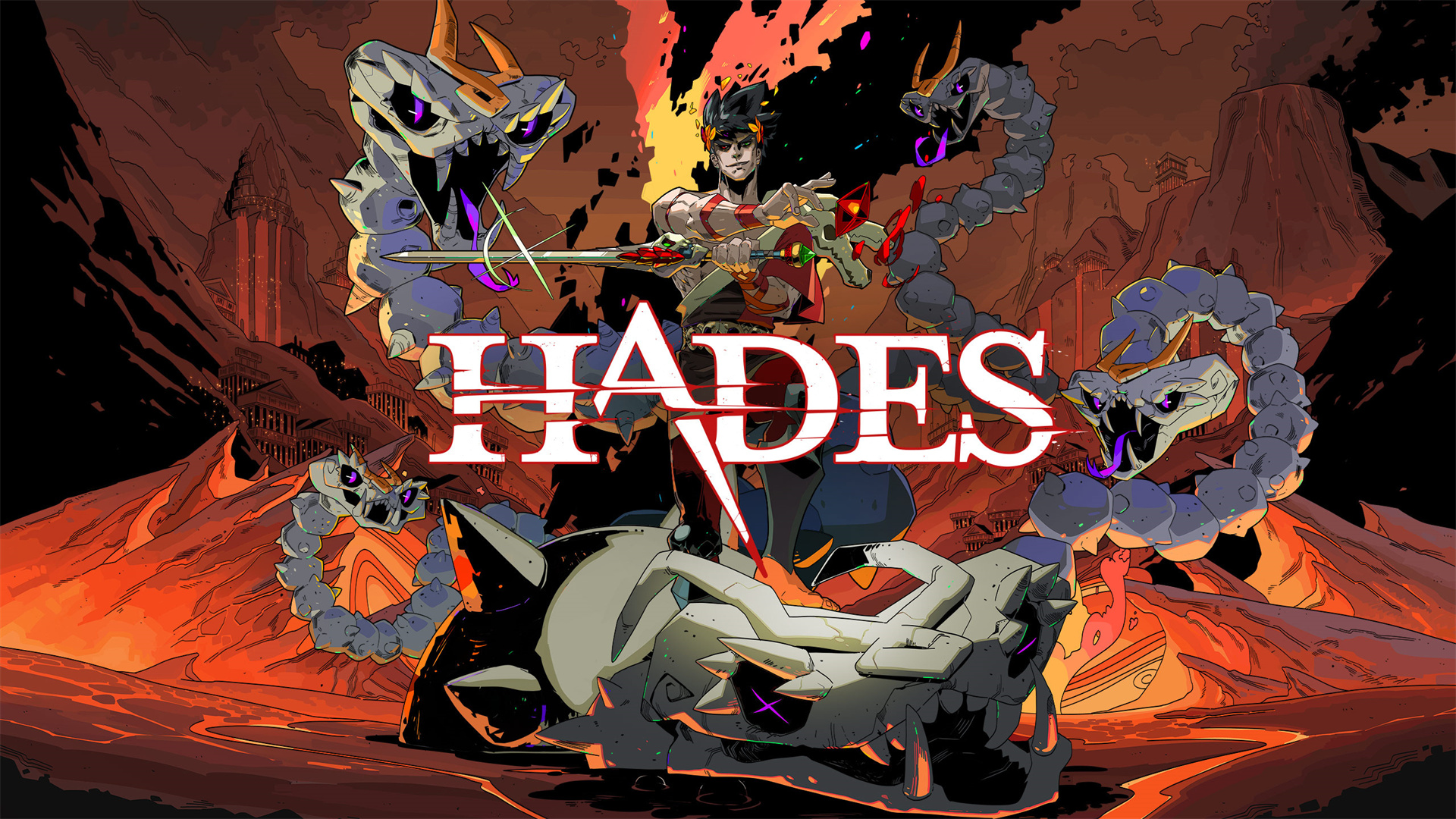
Hades: The Harmonious Fusion of Storytelling and Gameplay
Hades, crafted by the talented team at Supergiant Games, has been showered with critical praise ever since its early access debut in 2018 and its full - fledged launch in 2020. This game masterfully combines the challenging nature of rogue - like mechanics with a rich and immersive narrative. Players step into the shoes of Zagreus, the son of Hades, as he embarks on a daring quest to break free from the Underworld. One of the game's most captivating features is its flawless integration of narrative and gameplay, which not only heightens player involvement but also deepens the emotional resonance of the story. This article delves into the complexities of this integration, examining how Supergiant Games has created a seamless and unforgettable experience for players.
At the very heart of Hades lies its deep - rooted connection to Greek mythology. Players assume the role of Zagreus as he navigates the treacherous landscapes of the Underworld. The game is populated with a diverse array of mythological figures, including gods, legendary heroes, and fearsome monsters, each with their own distinct personalities and unique storylines. This rich mythological backdrop serves as a compelling foundation for the game's narrative, allowing players to interact with well - known characters and explore familiar settings while experiencing a fresh and original story.
The portrayal of the Underworld in Hades is far from a mere backdrop for gameplay. Instead, it is a vibrant and dynamic world brimming with lore and history. This intricately woven narrative sets the stage for players to delve into the complex relationships between characters and explore themes such as family, identity, and the unwavering spirit of perseverance.
A distinctive aspect of Hades is its clever use of repetition as a narrative tool. Players are repeatedly tasked with escaping the Underworld, facing death and failure time and time again. However, rather than becoming monotonous, these repeated attempts serve to enrich the narrative experience. Each time Zagreus returns to the House of Hades, he encounters familiar faces who offer new dialogue, insights, and emotional developments.

Sekiro: Shadows Die Twice – The Pursuit of Mastery and the Burden of Consequence
Since its launch in 2019, FromSoftware's Sekiro: Shadows Die Twice has garnered extensive praise for its elaborate combat systems, profound storytelling, and breathtaking world architecture. Unlike its predecessors in the Souls series, Sekiro places a distinctive emphasis on a blend of skill-centric combat and exploration, demanding that players master a variety of techniques while traversing a richly detailed narrative landscape. One of the most captivating elements of Sekiro is its focus on mastery and the ramifications of failure. This article will delve deeply into this theme, examining how the game’s mechanics, narrative framework, and player experience intertwine to forge a profound sense of consequence and mastery.
Set in late 16th-century Sengoku period Japan, Sekiro immerses players in a realm brimming with political intrigue, supernatural phenomena, and moral ambiguity. Players assume the role of Wolf (the Shinobi), a highly skilled assassin embarking on a quest to rescue his abducted lord and exact retribution on his adversaries. The game’s setting is far more than a mere backdrop; it significantly shapes the narrative and the challenges players encounter.
The chaos of the Sengoku period is mirrored in the game’s environments, from sprawling fortresses to desolate monasteries. Each area is meticulously designed, populated with enemies that embody the era's turmoil. This historical context enriches the gameplay, as players navigate a world steeped in conflict and peril, underscoring the high stakes of their mission.
At the core of Sekiro’s narrative lies the concept of life and death, intricately interwoven into the gameplay mechanics. Players encounter supernatural elements, such as the Dragon’s Heritage, which bestows unique abilities upon them but also binds them to the cycle of death and rebirth. This duality forms the essence of Wolf’s odyssey, as he grapples with the implications of his powers and the weight of his decisions.

Elden Ring: The Intricacy of Decision and Outcome
Elden Ring, the widely - praised action RPG crafted by FromSoftware and released in 2022, has mesmerized players with its elaborate world and profound lore. At its heart, Elden Ring is a game that submerges players into a rich mosaic of decisions, each laden with outcomes that mold both gameplay and the overarching story. This article delves into the specific aspect of decision - making and its resulting consequences in Elden Ring, examining how these elements are interwoven into the game's structure and how they influence player experience, character progression, and the main narrative.
Elden Ring introduces players to the immense Lands Between, a vast open realm filled with a variety of landscapes, enigmatic characters, and concealed secrets. From the vast plains of Limgrave to the perilous heights of Mt. Gelmir, the world is designed to inspire exploration and trial - and - error. Players are granted the freedom to tackle challenges in multiple ways, enabling a customized experience that mirrors individual playstyles.
The open - world layout acts as a backdrop for the decisions players must make. Early in the game, players come across various factions, NPCs, and quests that present ethical dilemmas and diverging routes. This initial sense of liberty is captivating, drawing players into the intricate web of decisions that will define their adventure through the Lands Between.
However, while Elden Ring offers a huge world to discover, the decisions available to players are often nuanced and convoluted. The illusion of liberty can be misleading, as certain paths may lead to dead - ends or consequences that are not immediately obvious. For instance, players might choose to ally with a particular faction, only to find out later that their choices have far - reaching effects on the game's narrative and their relationships with other characters.
